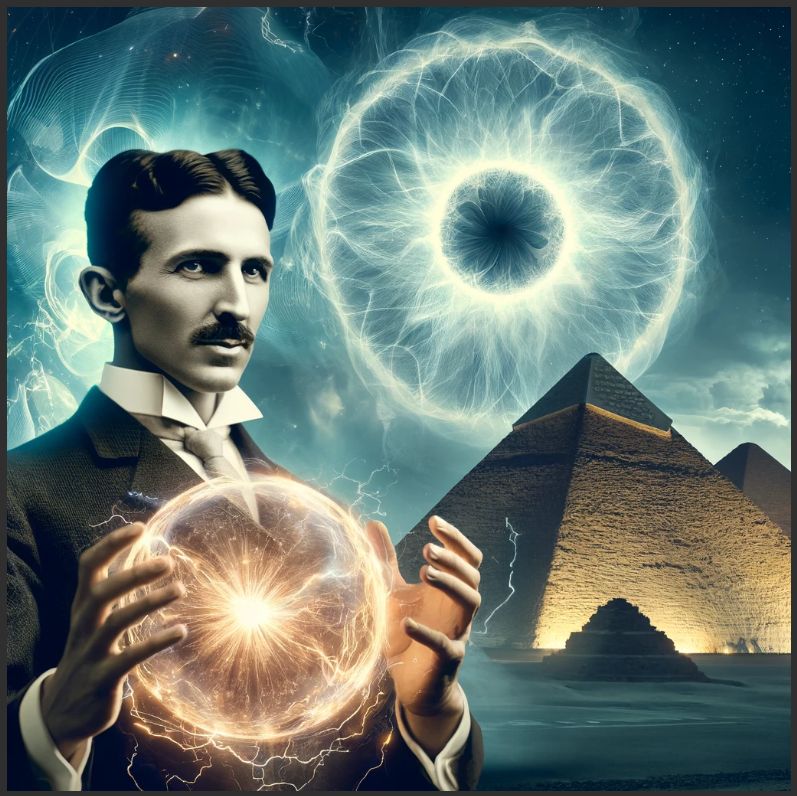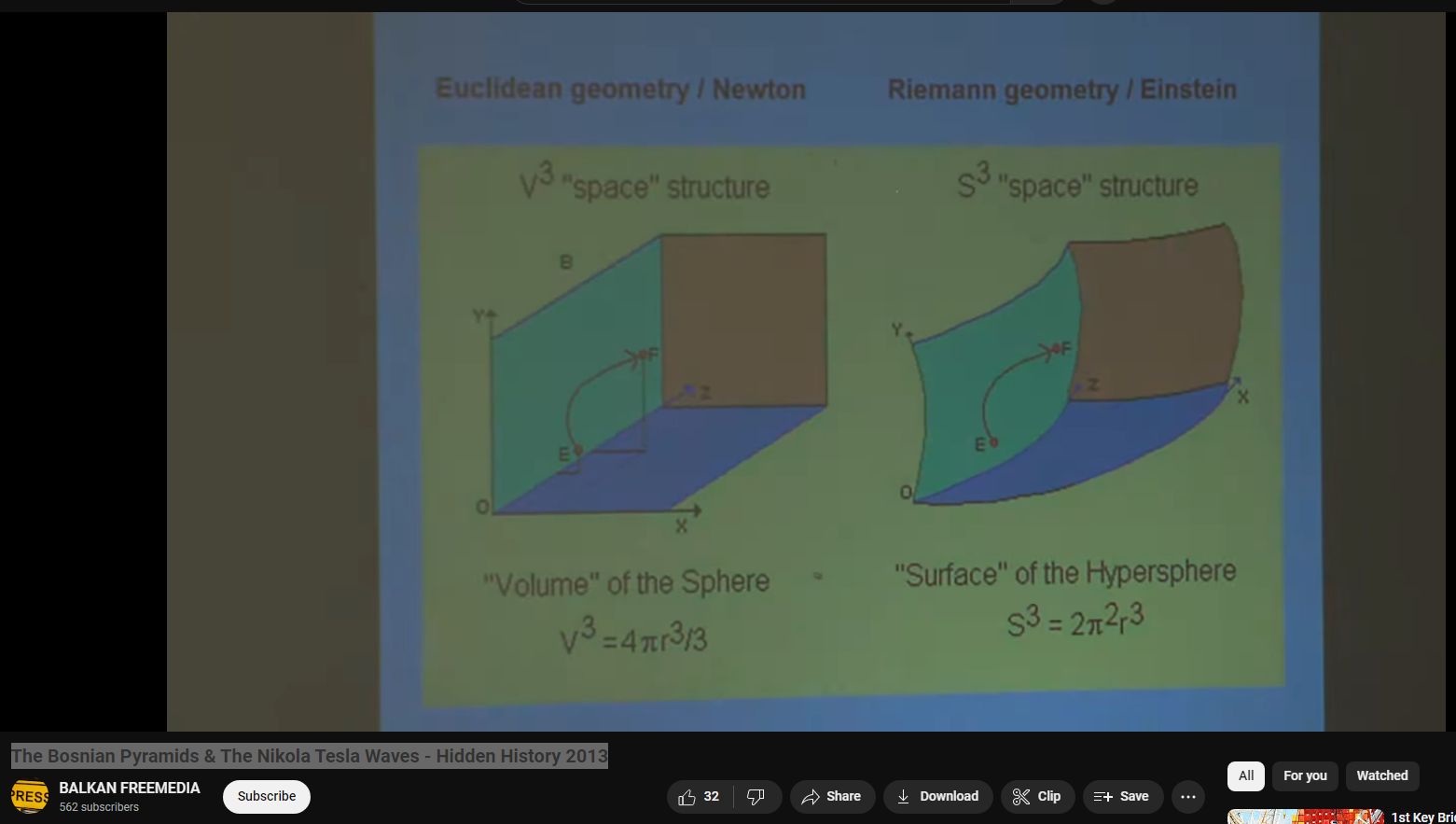Nikola Tesla, a pioneering inventor and electrical engineer, made significant contributions to the development of alternating current (AC) electrical systems, which are foundational to modern electrical power distribution. His work on electromagnetic waves, however, also marks a substantial part of his legacy, highlighting his visionary ideas about wireless communication and energy transmission.
### Early Work and the Magnifying Transmitter
Tesla’s journey into the exploration of electromagnetic waves began with his experiments in radio frequency electrical engineering. He designed the Tesla coil, an electrical resonant transformer circuit, which he used to produce high-voltage, low-current, high-frequency alternating-current electricity. Tesla coils could generate dramatic and visible electrical arcs, but their real importance was their ability to create and transmit electromagnetic waves through the air.
One of Tesla’s ambitious projects involving electromagnetic waves was the development of the Wardenclyffe Tower, also known as the Tesla Tower. Constructed in Shoreham, New York, the tower was intended to demonstrate the feasibility of wireless transmission of electrical energy across great distances. Tesla envisioned a world system of wireless communication and free energy transmission, aiming to harness the Earth’s natural resonances — which he termed “the Earth’s aether.”
### The Concept of Aether
Tesla’s theories on electromagnetic waves were deeply intertwined with his beliefs in the aether—a supposed medium through which electromagnetic waves travel. At the time, the concept of aether was widely accepted by scientists to explain the propagation of electromagnetic waves through what was thought to be a vacuum. Tesla believed that this aether could not only transmit, but also store energy that could be harnessed by humanity.
### Wireless Energy and Global Transmission
Tesla theorized that by resonating with the Earth’s own frequencies, he could transmit electrical power without wires over large distances. He imagined using the Earth itself as a conductor and the atmosphere as a charge storage medium. His ultimate goal was to tap into what he called the “natural energies” of the Earth, potentially leading to unlimited, accessible power for the whole world.
### Legacy and Modern Impact
Although Tesla’s dreams of global wireless energy did not materialize in his lifetime, his work laid the groundwork for future wireless technologies. Today, Tesla is often credited with the conception of technologies that involve the transmission of wireless information and energy, such as radio, radar, and even the basic principles behind the modern Wi-Fi.
Moreover, his vision of harnessing the Earth’s natural resonances has inspired modern researchers exploring wireless power transfer and renewable energy solutions. Tesla’s ideas about aether and electromagnetic waves, although not scientifically valid in the way he proposed (as the concept of aether was discarded with the development of modern quantum physics and relativity), symbolize his role as a trailblazer who constantly pushed the boundaries of science and technology.
Tesla’s work with electromagnetic waves remains a testament to his genius and his unwavering belief in the potential of scientific discovery to revolutionize the world. His vision and inventions continue to inspire and impact the fields of electrical engineering and energy science.
https://www.youtube.com/watch?v=hXmougwsZ00

